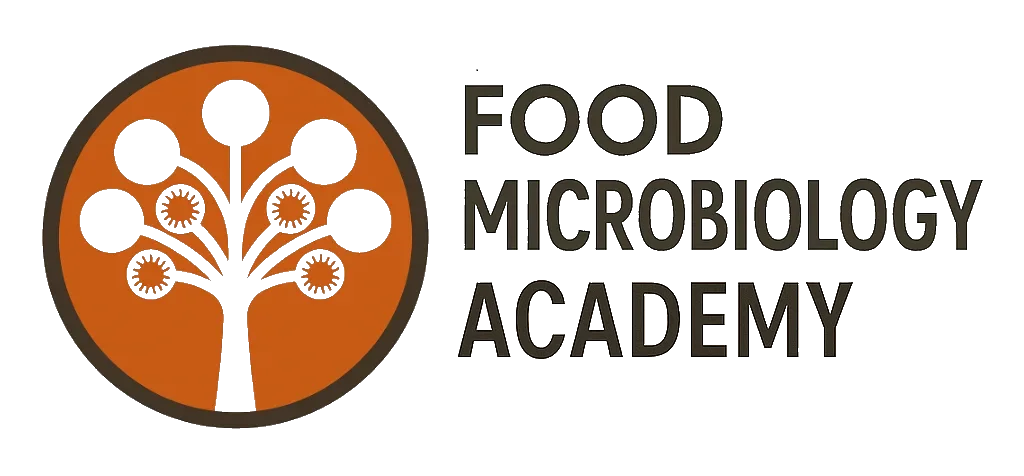Please find below, Dr Philip Button’s two postgraduate research degree theses. Not sure if this constitutes a blog article or more of a webpage, but it nevertheless documents a full-time research journey in bacterial physiology from June 2000 until August 2007, first at La Trobe University, then at The University of Melbourne.
Dr Button commenced his PhD studies in the School of Agriculture and Food Systems at The University of Melbourne on 1 July 2002 and submitted his thesis for examination on 24 August 2007. He graduated PhD on 5 April 2008 in Wilson Hall, on the University’s Parkville campus. His topic of investigation was on spoilage of UHT milk due to residual activity from thermostable proteases and lipases originating from raw milk psychotropic Pseudomonas species, such as P. fluorescens. Dr Button published one peer-reviewed original research paper from his PhD thesis, in the Journal of Food Quality, and a peer-reviewed book chapter.
Spoilage of UHT milk is of concern to the Australian dairy industry. Bacterial lipases and proteases have been identified as a key cause of spoilage of long life dairy products. They are synthesised in raw milk by psychrotrophic Pseudomonas spp. during refrigerated storage and persist as active enzymes in dairy products owing to retention of activity after heat treatment. The continuing action of lipase and protease may cause spoilage of all long life dairy products, including UHT milk, butter and cheese.
The aims of this PhD project were to: I) optimise assays for lipase and protease produced by psychrotrophic Pseudomonas spp. and identify those which are more sensitive than those currently available, II) correlate the progress of lipolysis and proteolysis in these assays with the accumulation of products of lipolysis and proteolysis in UHT milk during storage, and relate it to common organoleptic defects in UHT milk, and, III) identify sources of psychrotrophic Pseudomonas spp. in raw milk and the industry practices likely to contribute to the presence of lipases and proteases from psychrotrophic Pseudomonas spp. in UHT milk.
The present study identified lipase and protease assays which could be used to detect limited lipolysis and proteolysis in UHT milk that may result in organoleptic defects during shelf life. These assays utilised the milk-like substrate triolein for lipase detection and the labelled substrate FITC-casein for protease detection. In these assays, a strong correlation was observed between the extent of hydrolysis of the substrate in the assay and the progress of lipolysis and proteolysis in milk. Furthermore, these assays could be used to detect levels of lipolysis or proteolysis that are likely to result in spoilage in UHT milk after three to five months of storage.
The progress of some biochemical changes in UHT milk have been followed during shelf life. The shelf life of the milk sample was limited by the development of age gelation, which occurred after viscosity increased to 120-150 mPas, although there were no appreciable off-aromas or off-flavours at this time. Age gelation was accompanied by a large decline in the kappa-casein content, particularly in the days immediately prior to its development. At no time were off-aromas or off-flavours reported. This is consistent with the absence of measurable quantities of hydrophobic peptides and free fatty acids which contribute to flavour, in the samples.
Psychrotrophic Pseudomonas spp. were isolated from farm, tanker and silo milk. A total of 39 PFGE Types were identified among 45 isolates which demonstrated considerable genetic diversity in Pseudomonas spp. in raw milk. Isolates from one of the farms and from the silo had the greatest potential for causing spoilage. This is because proportions of the strongly lipolytic and proteolytic isolates were higher and they grew to spoilage levels more quickly than isolates from other sources. Although incubation of the milk at 10 ºC led to faster Pseudomonas spp. growth, this growth temperature resulted in the proliferation of bacteria that were less lipolytic and proteolytic than did incubation at 4 ºC. After growing at 4 ºC, the Pseudomonas spp. were also more lipolytic and proteolytic than the bacteria present in the unincubated milk.
Specificity of a typical psychrotrophic Pseudomonas spp. protease, protease B52 from Pseudomonas fluorescens B52, towards as- and b-casein was investigated. Mass spectral analysis revealed limited specificity, with the peptides released being mostly hydrophilic. This result suggests that B52 protease is unlikely to cause bitterness from degradation of as- and b-casein.
The present study has improved our basic understanding of psychrotrophic Pseudomonas spp. lipase and protease action in UHT milk. In addition, information has been provided to industry regarding improved detection methods along with sources and practices that may contribute to increased lipase and protease contamination of UHT milk and other long-life dairy products.
For his MSc, a 100% research degree in the Department of Agricultural Sciences at La Trobe University, Dr Button undertook some voluntary pre-reading and a review of the literature in May and June of 2000, before enrolling into an MSc in July of that year. He submitted his thesis in March 2002 and graduated on 28 March 2003. Characterisation of extracellular high-affinity iron binding proteins secreted by pork spoilage psychotrophic Pseudomonas species, in particular P. putida, was the topic of his research.
Food spoilage results in major economic losses in the domestic and export markets as well as in the home. In addition, the possibility of gastrointestinal concerns arise, if the food contains an extreme number of organisms. Refrigerated, aerobically stored meat is spoiled predominantly by psychrotrophic Pseudomonas species. These include P. fragi, P. fluorescens and P. putida. Previous work in this laboratory identified psychrotrophic pseudomonads as the major spoilage organisms of pork, stored aerobically at chill temperatures. Furthermore, siderophores were identified in this study as a major component of the ability of these organisms to grow under conditions of iron-deficiency and partial characterisation of a potentially novel siderophore-mediated iron acquisition system was carried out. This present work provided further insights into the biological nature of this system, through the use of bioassays. Bioassays for detection of the E. coli siderophores aerobactin and enterochelin were used as a base on which to develop a new bioasay detection system for this potentially novel pseudomoand siderophore. Responses were investigated to various iron sources as well as supernatants containing siderophore, of varying levels of purification. In order to completely characterise the biological and genetic basis of this system, new mutants were sought by transposon mutagensis which were defective in siderophore biosynthesis. These were to be used for determination of the biosynthetic pathway, characterisation of the genes involved, a new diagnostic bioassay and ultimately, a vaccine. A separate section of work studied a number of hydroxamate producing E. coli strains, of diverse sources. These strains were part of a previous investigation in this laboratory. The aerobactin bioassay, refined during the course of this project, was utilised in screening of these strains. Previously, these strains (of diverse origin) were identified as producers of a hydroxamate of unknown type. All isolates that were hyroxamate positive, were aerobactin positive.



